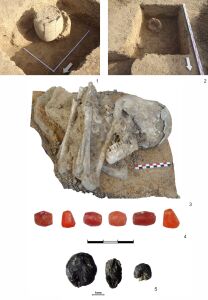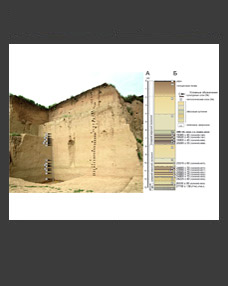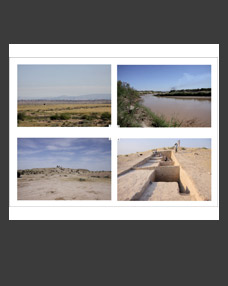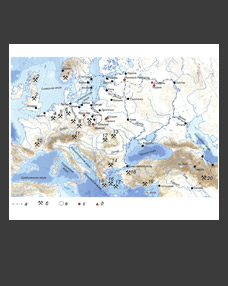 Dmitry S. Korobov1,*, Alexey Yu. Sergeev1,**, Evgeny V. Sukhanov1,***, Ongar S. Chagarov2,****, Hamdji M. Noudjiko3,*****, Nembonde Ponari4,******, Nmongo B. Djeramia5,*******, João Barreira6,********, and Miguel Antonio Serra6,*********
Dmitry S. Korobov1,*, Alexey Yu. Sergeev1,**, Evgeny V. Sukhanov1,***, Ongar S. Chagarov2,****, Hamdji M. Noudjiko3,*****, Nembonde Ponari4,******, Nmongo B. Djeramia5,*******, João Barreira6,********, and Miguel Antonio Serra6,*********
1 Institute of Archaeology RAS, Moscow, Russia
2D.N. Anuchin Research Institute and Museum of Anthropology, Lomonosov Moscow State University, Moscow, Russia
3Centre for National Research and Development Studies, N’Djamena, Republic of Chad
4University of Sarh, Republic of Chad
5University of Doba, Republic of Chad
6Centre for African Studies, University of Porto, Câmara Municipal de Serpa, Portugal
*E-mail: dkorobov@mail.ru
**E-mail: alexarchbot@yandex.ru
***E-mail: sukhanov_ev@mail.ru
****E-mail: chagarov89@gmail.com
*****E-mail: hamdjimilman@gmail.com
******E-mail: ponanembonde@gmail.com
*******E-mail: betymongo@outlook.fr
********E-mail: joaombarreira@gmail.com
*********E-mail: miguel.antonio.serra@gmail.com
Keywords: Republic of Chad, Sao culture, archaeological exploration, settlements, burials.
The article publishes the results of archaeological research at the Sao culture sites in the Republic of Chad conducted by the international expedition in 2023. A team of researchers from the Institute of Archaeology RAS (Russia), the Centre for National Research and Development Studies, the National Museum and Universities of Doba and Sarh (Republic of Chad), and the Centre for African Studies at the University of Porto (Portugal) conducted survey activities at three Sao settlements in the vicinity of N’Djamena. During the excavation of pits at the settlements, a significant amount of pottery material was found, heating and/or manufacturing kilns were cleared, and a child burial in a vessel was un earthed. A preliminary analysis of the ceramic, palaeoanthropological, and archaeobotanical collections obtained during the fieldwork was conducted. According to radiocarbon analysis, the exposed cultural layers and found objects date back to the mid-7th – early 15th centuries AD, the upper layers of the settlements date back to the 19th century AD.
DOI: 10.31857/S0869606325020076, EDN: IQHEVJ







